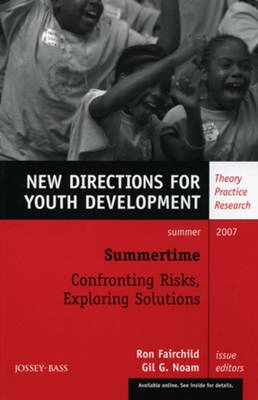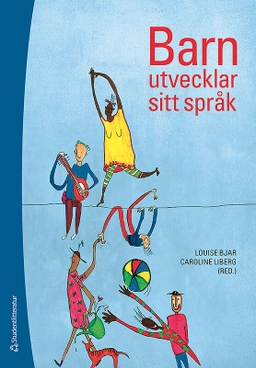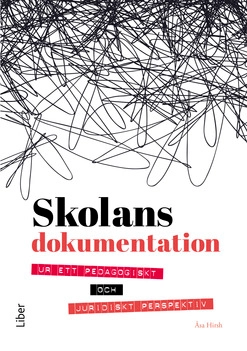

Summertime: Confronting Risks, Exploring Solutions: New Directions for YoutUpplaga 1
- Upplaga: 1a upplagan
- Utgiven: 2007
- ISBN: 9780470182376
- Sidor: 136 st
- Förlag: John Wiley & Sons
- Format: Häftad
- Språk: Engelska
Om boken
Åtkomstkoder och digitalt tilläggsmaterial garanteras inte med begagnade böcker
Mer om Summertime: Confronting Risks, Exploring Solutions: New Directions for Yout (2007)
I december 2007 släpptes boken Summertime: Confronting Risks, Exploring Solutions: New Directions for Yout skriven av Ron Fairchild, Gil G. Noam. Det är den 1a upplagan av kursboken. Den är skriven på engelska och består av 136 sidor. Förlaget bakom boken är John Wiley & Sons som har sitt säte i Hoboken.
Köp boken Summertime: Confronting Risks, Exploring Solutions: New Directions for Yout på Studentapan och spara pengar.
Referera till Summertime: Confronting Risks, Exploring Solutions: New Directions for Yout (Upplaga 1)
Harvard
Oxford
APA
Vancouver



















